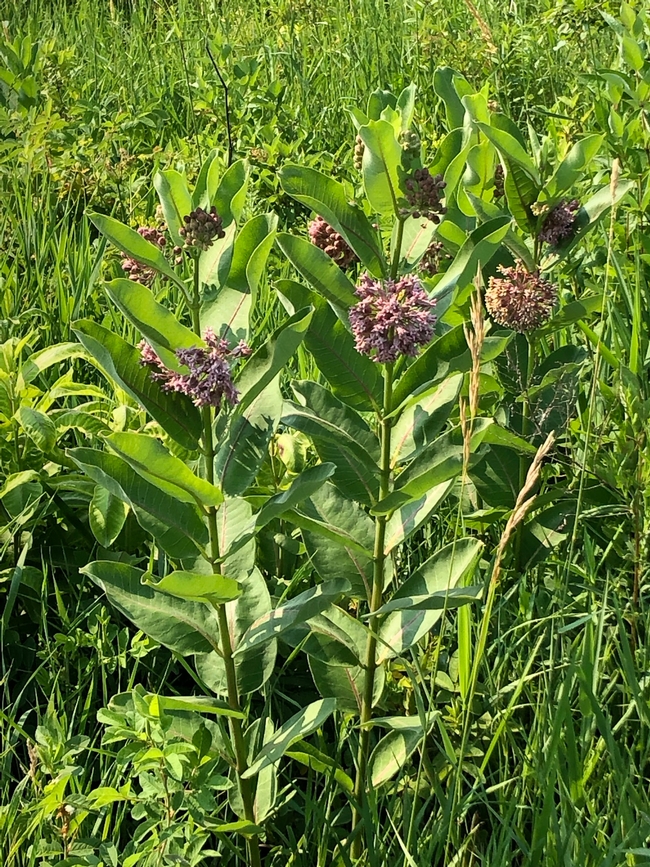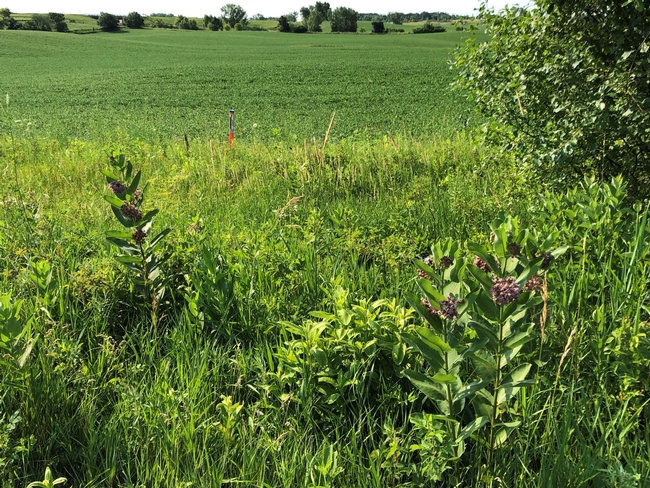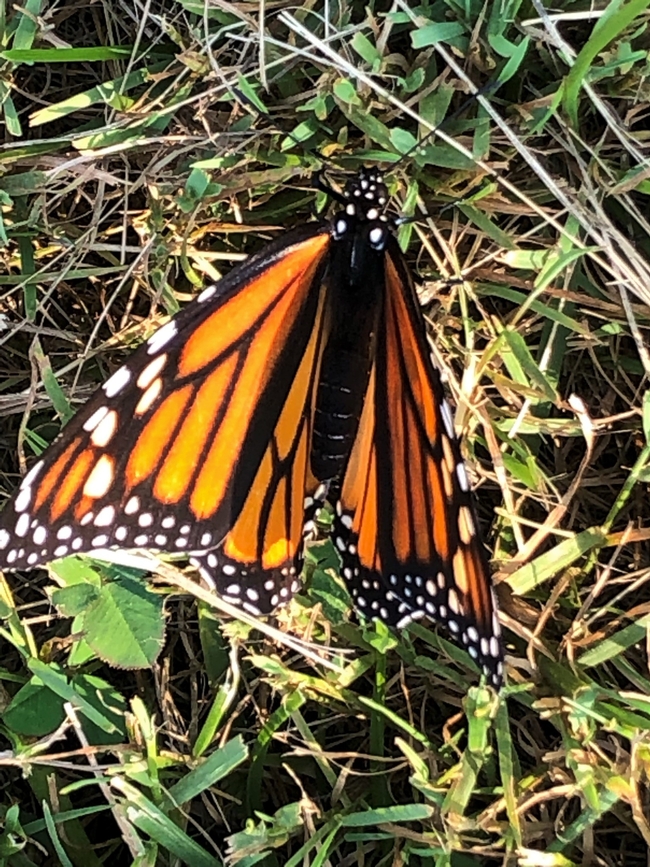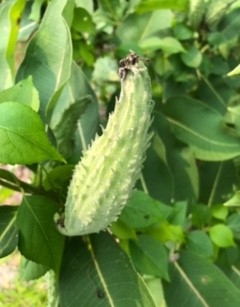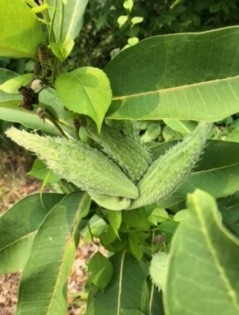- Author: Melinda Nestlerode
As a young child in Hayward, California, I wandered through our neighborhood observing the flora and fauna. Those were the good old days; when a 6-year-old child walking outside by herself was not considered neglectful child abuse, or even given a second thought. We had a neighbor a few houses down who kept donkeys and chickens, and whose garden displayed an abundance of rainbow-hued Aster-type flowers. I would always find myself there, entranced by the beauty of the flowers and entertained by the little donkeys. It seemed like a magical fairy world to me, and I was beyond grateful to have such a fantasy land within my reach.
There were also monarchs (Danaus plexippus). Dozens and dozens of them, and their caterpillars. The butterflies were so plentiful that my young friends and I could catch them with our hands. We would pick them off the plants and put them, along with some of the plant material, in clean glass jars with nail holes poked into the lids. We would release the butterflies eventually, but kept some of the caterpillars, hoping to capture the wonder of metamorphosis before our eyes. We could never have imagined that, in 50 short years, the ubiquitous monarch population would decrease so dramatically. According to the Xerces Society, researchers and scientists estimate an 80 percent decrease of overwintering monarchs in Mexico, and a 99 percent decrease along the California coast (https://xerces.org/monarchs).
I never see monarchs in my garden today. I see other butterflies – mostly western tiger swallowtails (Papilio rutulus) and gulf fritillary (Agraulis vanillae). But, not monarchs. Habitat loss through development and urbanization, and the subsequent loss of the crucial milkweed plant (Asclepias sp.), is one of the greatest reasons for declining monarch populations, but pesticide use, climate change, and disease are also to blame.
My husband and I recently drove from California to Maine, and our vehicle broke down somewhere in the middle of the country. We were stuck in Albert Lea, Minnesota, for four days, without transportation. My frustration with that situation was somewhat mitigated by all the monarchs I saw while walking with my dog. Monarchs were plentiful, and so was milkweed – one of the only plants that monarch larvae will eat. These were eastern monarchs, which migrate between Mexico and the central and eastern United States, rather than our western migrating monarchs. However, the concept is the same; provide milkweed, and they will come. Minnesota was lush and green. Milkweed was everywhere; in the ditches along the roadside, along the pathway by the lake, and in weedy planting areas near shops.
There are a few things that we can do as home gardeners to help monarchs survive and replenish their populations: 1) avoid using pesticides in our gardens; 2) plant native milkweed for monarch larvae to feed on; and, 3) plant nectar-producing plants for the adult butterflies, such as milkweed, yarrow (Achillea millefolium) and Pacific aster (Symphyotrychum chilense) The Xerces Society has provided a list of plants which support monarch butterflies and their larvae: 19-046_01_MonarchNectarPlants_California_web-3pg.pdf (xerces.org). You can also lookup native plants specific to your zip code here: Home - Native Plants Finder (nwf.org). Do not plant the tropical variety of milkweed, which is arguably more colorful and attractive than native milkweed, because it is suspected of disturbing migration patterns and contributing to harmful parasites.
I have a pollinator-attracting garden in my front yard but do not have milkweed planted there. The backyard is currently a construction zone, and when completed will display a pollinator garden replete with several milkweed plants.
Losing 99 percent of these stunning insects along the California coast in just a half-century is almost incomprehensible. It's equally overwhelming to imagine how we can bring the species back to sustainable population levels. I will do my small part by continuing to avoid pesticide use, gardening thoughtfully and organically, and providing a milkweed habitat. As more of us recognize how symbiotic our relationship with nature is, and adjust our gardening practices accordingly, I have hope that we will not lose monarchs to extinction.
